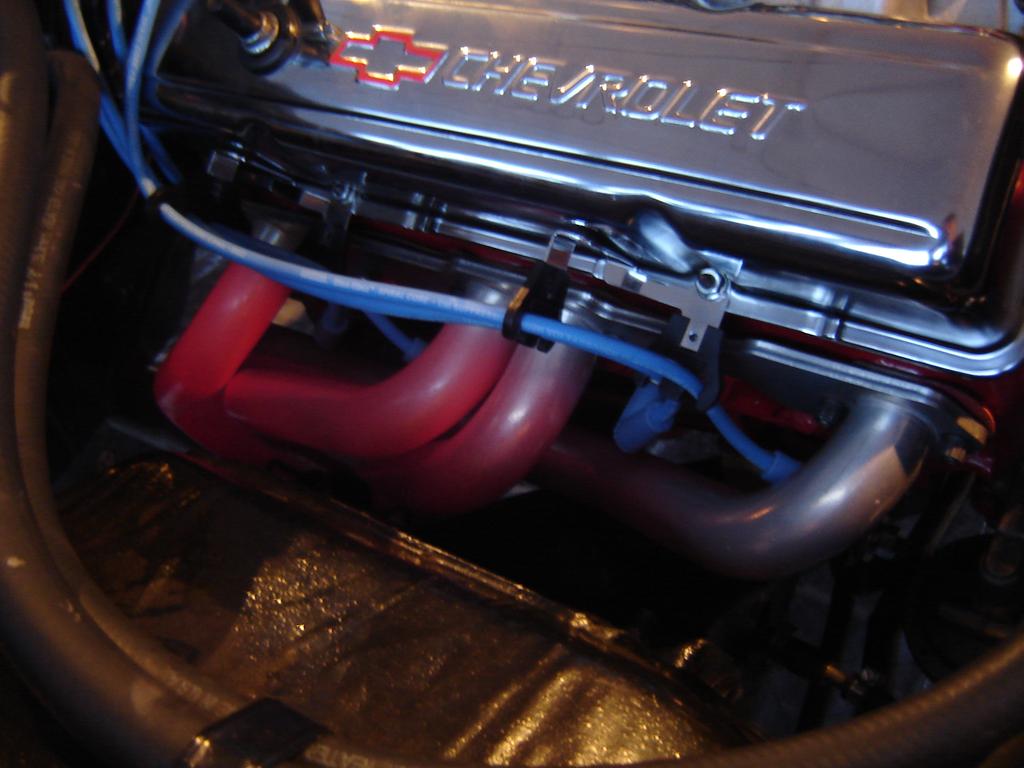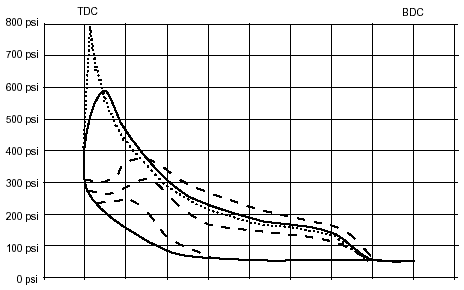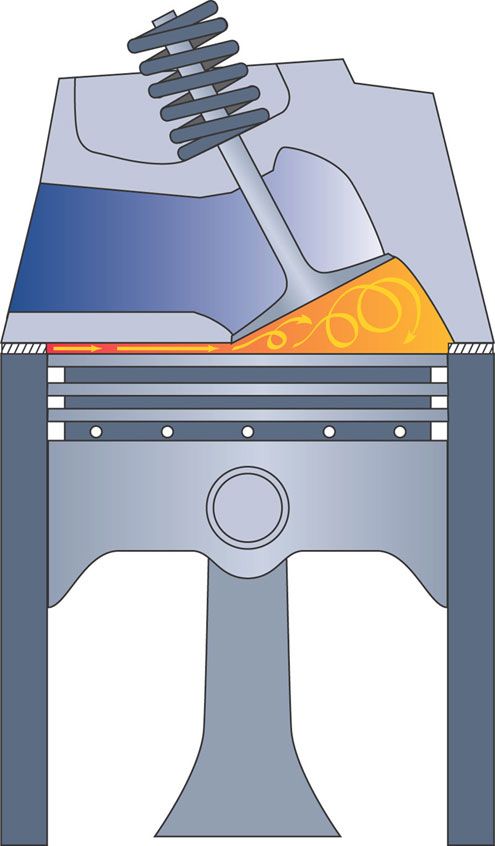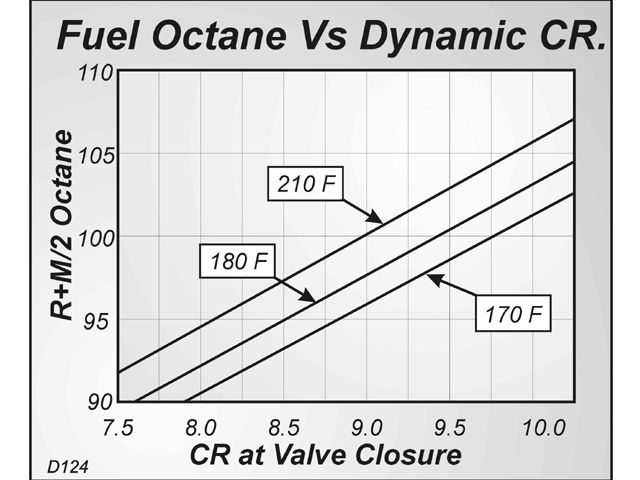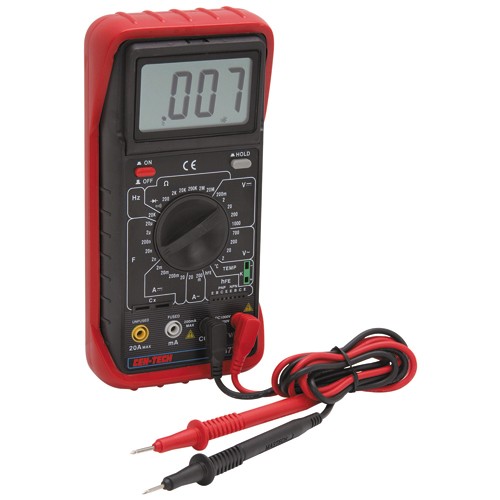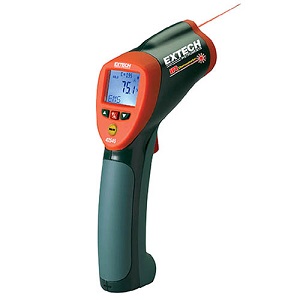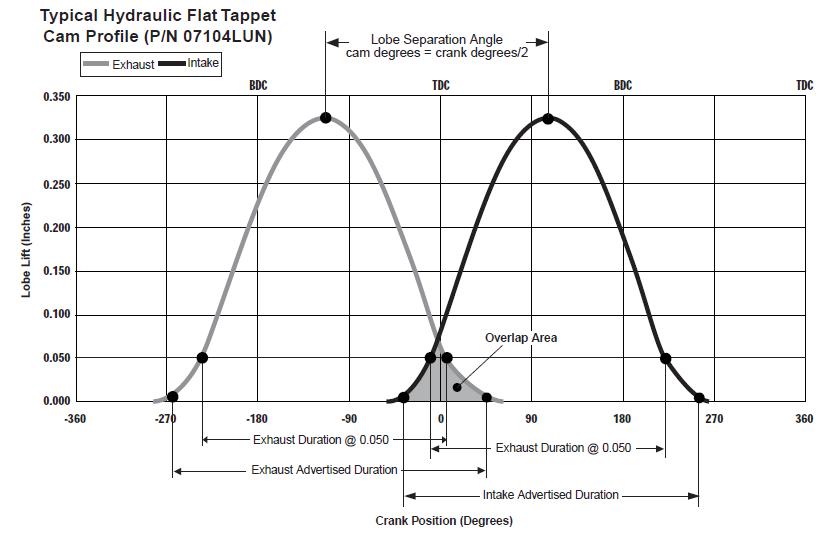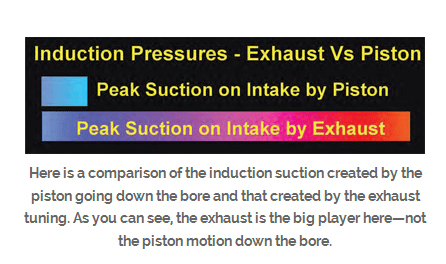in most cases I see where guys are worried about engine temps its due to either realistic indications like the engine obviously IS over heating, like its "puking coolant " steam under the hood", coolant "leaks etc" or sometimes its just a gauge that reads higher than the owner thinks it should.
obviously you need to verify coolant and oil levels as a first step and verify the actual temperatures
I SEE MORE DEFECTIVE COOLANT TEMP GAUGES,OIL TEMP GAUGES and ENGINE TEMPERATURE SENSORS THAN OTHER TYPE OF GAUGE
well if the engines showing no indications other than the gauge reading high, Id strongly suggest you think about the potential of a defective sensor or gauge before running around chasing an over heating issue that may not even exist.
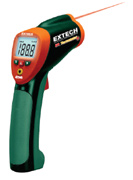
http://www.professionalequipment.com/ex ... ermometer/
in a properly functioning EFI system theres a constant flow of fuel thru the injectors and back to the fuel tank thru the fuel presure regulator assuring the fuel in the fuel rails feeding the injectors remains fairly cool in relation to what engine compartment temps are, (you can verify that with an ACCURATE infrared temp gun)
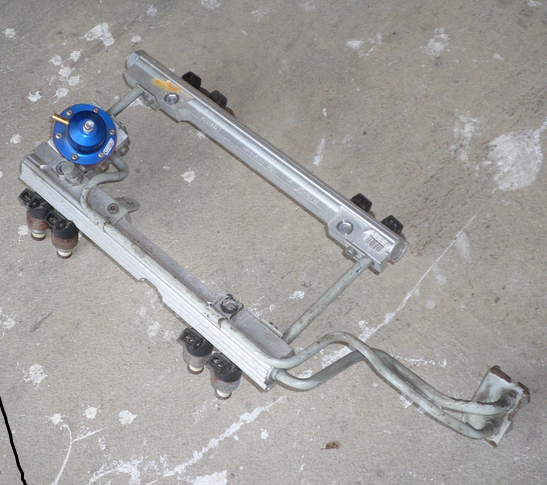
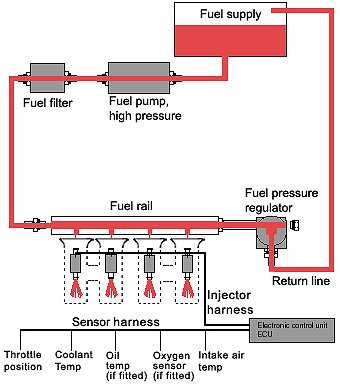
your engine coolant normally tends to run in a temp range of about 15F-20F under your oil temp range and in most cases that coolant temp should be in the 180F-220F range with about 180F-200F being a great optimum range, as oil temps in the 190f-220f range are about optimum also on most engines, if your oil temp gauge reads lets say 210f-220F after the engines fully warmed up and your not running an auxiliary oil cooler you can reasonably assume the coolant temps are lower! (usually 10F-20F lower)
now if you suspect the coolant temp gauge may be defective checking with a second temp gauge is advisable or if you have a reliable infrared temp gun you can point it at the intake near the t-stat which normally reads 5-10 degrees cooler than the actual engine coolant temps as coolant flows to the radiator. keep in mind cylinder head temps tend to be a bit hotter
having An infrared temp gun in your tool box can save you a lot of time locating a problem at times
as always a logical isolate and test procedure is the way to proceed, you either isolate the problem to some thing generating too much heat or a failure to rapidly and effectively transfer that heat from the engine to the outside air flow,or a faulty gauge and doing that can be done thru logical testing
just because the water pumps brand new does not mean its correct for the application and I suspect its not,theres reverse rotation water pumps for serpentine belt use and you might have the wrong water pump, or the gauge not the sensors defective , obviously an infrared temp gun could be useful here, oil temps generally run 15-20 degrees hotter than coolant temps and oil temps in the 240f-250f range would be a problem.
OBVIOUSLY youll want to verify your ignition advance curve, fuel air ratio and check for exhaust and vacuum leaks, if your ignition timing is not correct it can cause over heating and if the engine builder failed to get the bearing clearances , valve train clearances or ring gaps correct, or its tuned incorrectly like its running lean or has a vacuum leak, it will run hot.
when temp sensors don,t agree then ones obviously either measuring a different area with a different temp OR the sensor or gauge is defective, to find which is true youll need to verify with a reliable third measuring tool, like a quality IR temp gun, and measure the sensors with a multi meter

http://www.professionalequipment.com/ex ... ermometer/
as always a logical isolate and test procedure is the way to proceed
viewtopic.php?f=70&t=4683
viewtopic.php?f=70&t=875
viewtopic.php?f=70&t=202
viewtopic.php?f=32&t=6550&p=20807&hilit=+propane+torch+leaks#p20807
viewtopic.php?f=57&t=149
viewtopic.php?f=50&t=10123&p=39685&hilit=head+gasket+leak#p39685
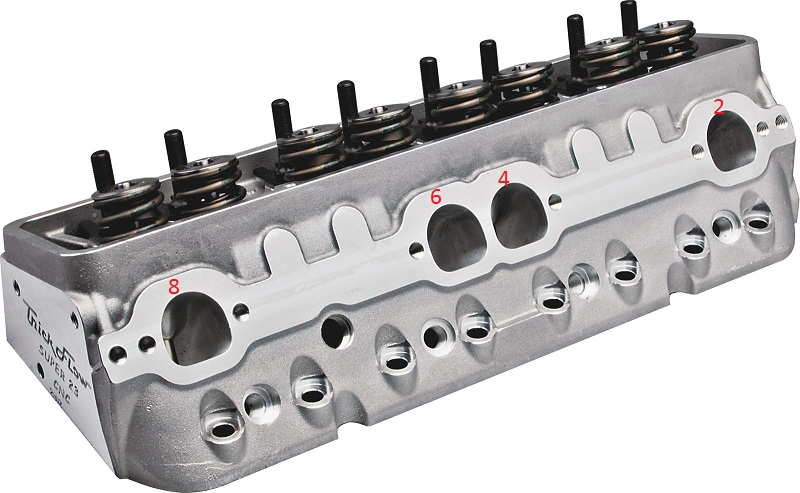
it would be normal for the area between #6 and #4 to run a bit hotter than , the area between #4 and #2, if that area runs hotter its usually an indicator of a leaking head gasket
http://www.blockchek.com/index.htm
Sensor Outputs:
If your having issues with a temp gauge not reading correctly the first thing you need to find out is that you need to know the correct sensors ohms resistance value for a given heat level and what the gauge is expecting to see.,if the sensors providing the gauge with the wrong resistance the gauge will show the wrong temp indication, heres a typical sensor
Engine Coolant Temperature Sensor. 185 Ohms @ 210F, 3400 Ohms @ 68F, 7,500 Ohms @ 39 F.
but its far from rare to find a sensor that has wildly different ohms values, at different temperatures, depending on the manufacturer and intended application, or to have a defective sensor that only randomly changes resistance,
an INFRARED TEMP GUN AND A MULTI METER CAN BE USED TO VERIFY SENSOR OUTPUT
obviously you need to verify coolant and oil levels as a first step and verify the actual temperatures
I SEE MORE DEFECTIVE COOLANT TEMP GAUGES,OIL TEMP GAUGES and ENGINE TEMPERATURE SENSORS THAN OTHER TYPE OF GAUGE
well if the engines showing no indications other than the gauge reading high, Id strongly suggest you think about the potential of a defective sensor or gauge before running around chasing an over heating issue that may not even exist.

http://www.professionalequipment.com/ex ... ermometer/
in a properly functioning EFI system theres a constant flow of fuel thru the injectors and back to the fuel tank thru the fuel presure regulator assuring the fuel in the fuel rails feeding the injectors remains fairly cool in relation to what engine compartment temps are, (you can verify that with an ACCURATE infrared temp gun)


your engine coolant normally tends to run in a temp range of about 15F-20F under your oil temp range and in most cases that coolant temp should be in the 180F-220F range with about 180F-200F being a great optimum range, as oil temps in the 190f-220f range are about optimum also on most engines, if your oil temp gauge reads lets say 210f-220F after the engines fully warmed up and your not running an auxiliary oil cooler you can reasonably assume the coolant temps are lower! (usually 10F-20F lower)
now if you suspect the coolant temp gauge may be defective checking with a second temp gauge is advisable or if you have a reliable infrared temp gun you can point it at the intake near the t-stat which normally reads 5-10 degrees cooler than the actual engine coolant temps as coolant flows to the radiator. keep in mind cylinder head temps tend to be a bit hotter
having An infrared temp gun in your tool box can save you a lot of time locating a problem at times
as always a logical isolate and test procedure is the way to proceed, you either isolate the problem to some thing generating too much heat or a failure to rapidly and effectively transfer that heat from the engine to the outside air flow,or a faulty gauge and doing that can be done thru logical testing
just because the water pumps brand new does not mean its correct for the application and I suspect its not,theres reverse rotation water pumps for serpentine belt use and you might have the wrong water pump, or the gauge not the sensors defective , obviously an infrared temp gun could be useful here, oil temps generally run 15-20 degrees hotter than coolant temps and oil temps in the 240f-250f range would be a problem.
OBVIOUSLY youll want to verify your ignition advance curve, fuel air ratio and check for exhaust and vacuum leaks, if your ignition timing is not correct it can cause over heating and if the engine builder failed to get the bearing clearances , valve train clearances or ring gaps correct, or its tuned incorrectly like its running lean or has a vacuum leak, it will run hot.
when temp sensors don,t agree then ones obviously either measuring a different area with a different temp OR the sensor or gauge is defective, to find which is true youll need to verify with a reliable third measuring tool, like a quality IR temp gun, and measure the sensors with a multi meter

http://www.professionalequipment.com/ex ... ermometer/
as always a logical isolate and test procedure is the way to proceed
viewtopic.php?f=70&t=4683
viewtopic.php?f=70&t=875
viewtopic.php?f=70&t=202
viewtopic.php?f=32&t=6550&p=20807&hilit=+propane+torch+leaks#p20807
viewtopic.php?f=57&t=149
viewtopic.php?f=50&t=10123&p=39685&hilit=head+gasket+leak#p39685

it would be normal for the area between #6 and #4 to run a bit hotter than , the area between #4 and #2, if that area runs hotter its usually an indicator of a leaking head gasket
http://www.blockchek.com/index.htm
Sensor Outputs:
If your having issues with a temp gauge not reading correctly the first thing you need to find out is that you need to know the correct sensors ohms resistance value for a given heat level and what the gauge is expecting to see.,if the sensors providing the gauge with the wrong resistance the gauge will show the wrong temp indication, heres a typical sensor
Engine Coolant Temperature Sensor. 185 Ohms @ 210F, 3400 Ohms @ 68F, 7,500 Ohms @ 39 F.
but its far from rare to find a sensor that has wildly different ohms values, at different temperatures, depending on the manufacturer and intended application, or to have a defective sensor that only randomly changes resistance,
an INFRARED TEMP GUN AND A MULTI METER CAN BE USED TO VERIFY SENSOR OUTPUT

